Third-party tools have always been valuable in B2B PPC, but in 2025, they’re essential.
With third-party cookies fading, cross-channel attribution still a mess, and competitors constantly pivoting, advertisers who rely only on platform-native tools are missing out on massive optimization opportunities.
To stay ahead, you need the right external tools. This article breaks down five I recommend testing or doubling down on ASAP to level up your PPC strategy, including:
- My favorite CDP.
- My ace in the hole for non-browser tracking.
- My preferred competitive research tool.
- My choice for a multichannel attribution tool.
- Google Ads Editor (including some new functionality).
Tool 1: Segment
Segment is a leading customer data platform (CDP) that helps marketers consolidate data sources and break down silos – an ability that’s more critical than ever in today’s evolving measurement landscape.
We integrate Segment with GTM for our clients to reduce their reliance on third-party cookies, tracking mechanisms controlled by increasingly unstable browsers.
Segment centralizes data within servers, giving you greater control and ownership of your analytics.
Other CDPs, such as Tealium and Salesforce Data Cloud, offer similar functionality, but Segment is our choice because it offers a wide range (400+) of integrations.
We’ve also found that it’s relatively easy for technical teams to implement, scales well, and has handy features that help validate data.
Keep in mind, though, that Segment is a significant investment. CDPs, in general, are not cheap.
It won’t solve all of your data issues. Its value relies on having:
- A well-developed data infrastructure.
- Multiple destinations (e.g., a mobile attribution tool, a user analytics tool, and assorted martech sources) for consolidating event data.
If you’re fairly new to the concept of CDPs, make sure (and this is true of any martech investment) you can identify the exact challenges you need help with.
Do your due diligence in the consideration stage to ensure your chosen CDP has a plan to help you overcome them.
Dig deeper: Why buying-group marketing beats ABM every time
Tool 2: Stape
Server-side tracking is crucial to a successful performance marketing program, especially in 2025. I recommend Stape, which bills itself as “an all-in-one server-side tracking solution.”
Stape has a slightly lower price tag than its competitors (including taggers.io) and lets customers choose between client- or server-side tracking.
While both methods give clients control over their data, client-side tracking depends on cookies and is vulnerable to ad blockers and user settings.
It could take a significant hit once Google rolls out the Chrome opt-out prompt.
Tool 3: Competitive research tools
This is a bit of a cheat since it’s more of a category than a tool. On the third-party side, old standout Semrush is our tool for both PPC and SEO campaigns.
We also rely on:
- LinkedIn and Meta ad libraries: Great resources for seeing your competitors’ creative.
- Google’s Ad Transparency Center: Launched in spring 2023, it provides extensive information on competitors’ ads on Search, YouTube, and Display, breaking things down by geo, format, and timing for the ads’ run.
Combine these tools with Semrush’s insights – estimated competitor budgets, target keywords, landing pages, search volume, and CPCs – and you’ll have everything you need to map out your competitive advertising landscape.
The post 5 underrated tools to boost your B2B PPC performance appeared first on MarTech.
